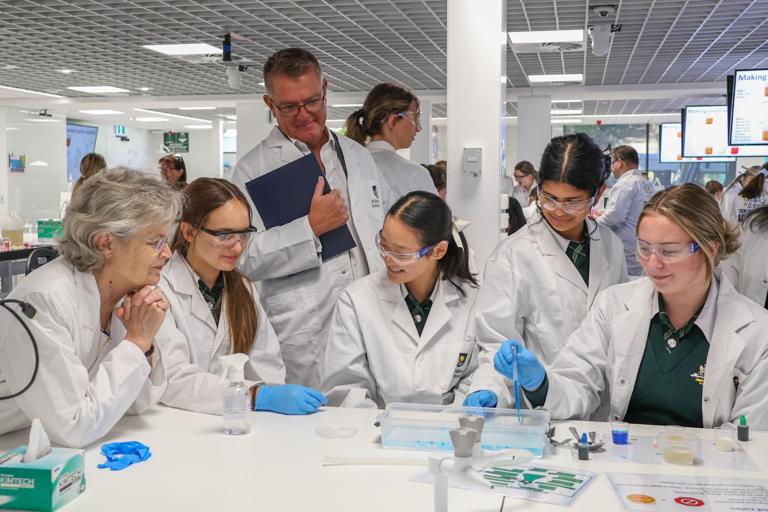A team of marine scientists from the University of Sydney has discovered a surprisingly robust coral population thriving in the city’s bustling harbor — a finding that defies long-standing assumptions about coral vulnerability to urban pollution. The study, published this week in the Journal of Marine Ecology, presents evidence that certain coral species have adapted to survive — and even grow — in the busy shipping lanes of Port Jackson.
Lead researcher Dr. Natalie Woon says the team was initially skeptical when citizen scientists reported vibrant coral colonies near ferry routes and marina sites. 'We assumed it was either an error or algae misidentification,' she explained. 'But repeated dives confirmed the presence of live, regenerating coral in areas with constant boat traffic and fluctuating water quality.'
The study surveyed over 20 locations across the inner harbor, identifying patches of Pocillopora damicornis and Turbinaria species in areas previously believed inhospitable. Researchers used underwater drones and divers to document coral growth, collecting water samples to assess the environmental conditions supporting their survival.
Interestingly, the harbor corals showed physiological differences compared to their counterparts in the Great Barrier Reef. 'They’re hardier and more tolerant of sediment and pollutants,' noted Dr. Woon. 'It suggests we’re witnessing a form of microevolution — coral adapting to urban stressors over generations.'
This unexpected discovery has prompted calls for greater protection of Sydney’s marine environments. Local conservation groups are urging the New South Wales government to expand marine sanctuaries and invest in ongoing harbor biodiversity monitoring.
Dr. Woon’s team also sees potential for these resilient coral strains to be used in reef restoration projects. 'We need to study how their genetic traits could inform future coral transplants in warming seas,' she said, noting that climate resilience is a key factor in long-term reef survival strategies.
While the presence of coral in Sydney Harbour may not rival tropical reefs in beauty or scale, researchers say it offers a powerful message: even in heavily urbanized environments, nature finds a way. And in doing so, it challenges scientists to rethink how they define resilience and possibility in the marine world.
